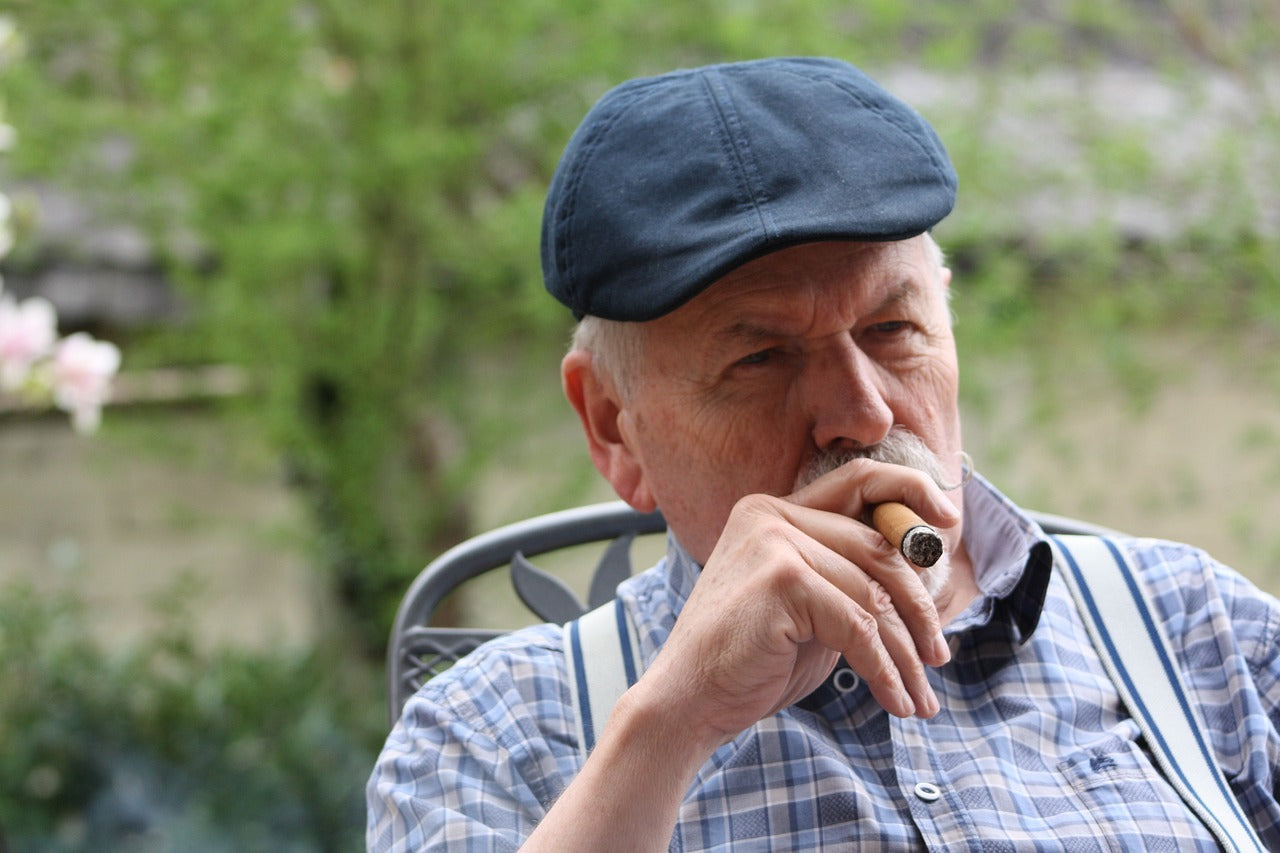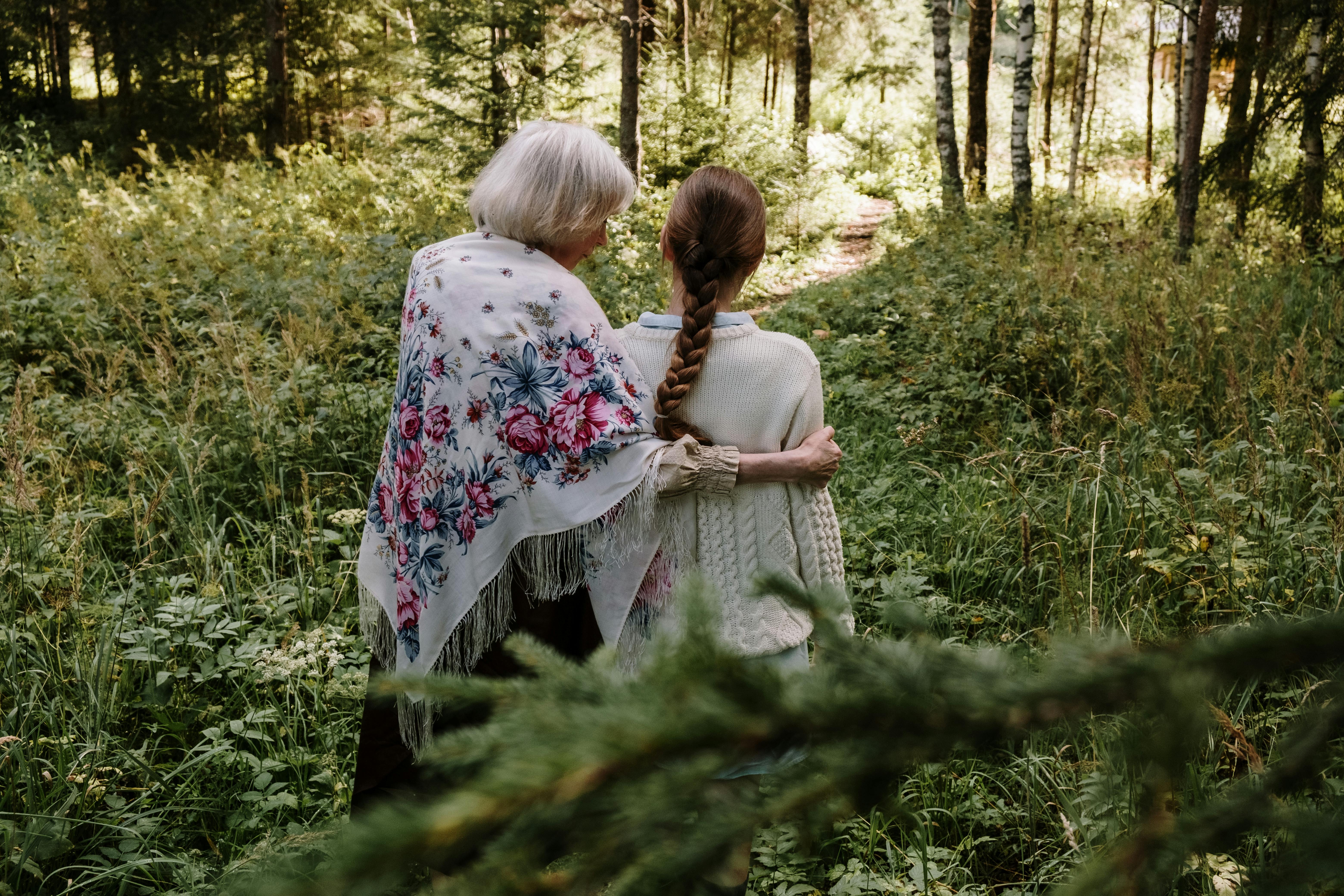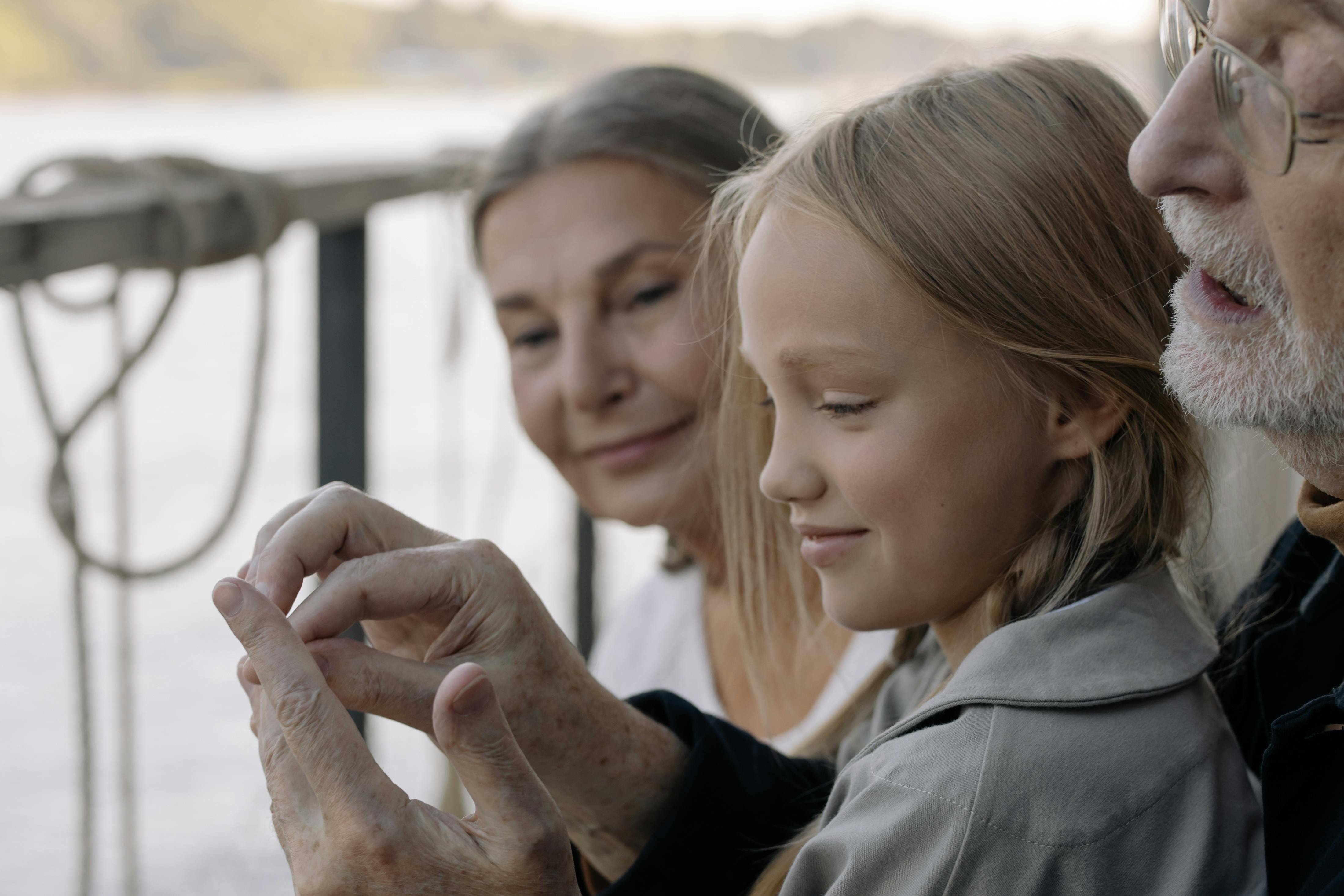Seasonal and holiday-themed activities can bring joy and connection to individuals with Alzheimer’s when approached thoughtfully.
Creating a soothing atmosphere is a great starting point. Familiar holiday music, especially old classics, can evoke meaningful memories and provide a sense of comfort. Pair this with sensory elements like lighting familiar candles, baking traditional recipes, or decorating with cherished holiday items to further spark positive emotions.
Sticking to familiar routines is essential for providing structure and security. Ensure meals and activities follow consistent schedules, and avoid letting festivities disrupt their daily rhythm. Simple adjustments like serving holiday-themed dishes during normal mealtimes can make routines feel special without being overwhelming.
Encouraging participation at their own pace helps them feel involved without pressure. Activities like going for a walk, watching a favorite holiday movie, or creating decorations can be tailored to their comfort level. Involving the family in making simple crafts—like ornaments from old greeting cards or pasta tinsel—can create a sense of accomplishment and connection.
It’s also important to minimize overstimulation. Keep gatherings small and quiet, avoiding large, noisy parties that may cause anxiety. A calm environment with limited distractions allows them to enjoy moments without feeling overwhelmed.
Reminiscing can be a heartwarming way to engage. Share holiday stories, look at old photos, or talk about traditions from the past. These conversations help patients reconnect with their memories and strengthen bonds with loved ones.
Outdoor activities, like nature walks, bird watching, or visiting a farmer’s market, can be relaxing and uplifting. When indoors, baking and decorating cookies or cakes can serve as a wonderful bonding experience. If safety is a concern, focus on decorating pre-made goods instead. Similarly, crafts like cutting snowflakes, knitting, or making simple ornaments provide a creative outlet while stimulating the mind.
Lastly, practicing flexibility during celebrations is key. Stretch out gift-giving over several small moments instead of opening everything at once, and keep events low-key to avoid unnecessary stress. Taking a more relaxed approach may not be traditional but can make the experience smoother and more enjoyable.
By embracing these strategies, you can create a warm and supportive holiday environment that enhances the well-being and happiness of individuals with Alzheimer’s, fostering connection and cherished memories.










